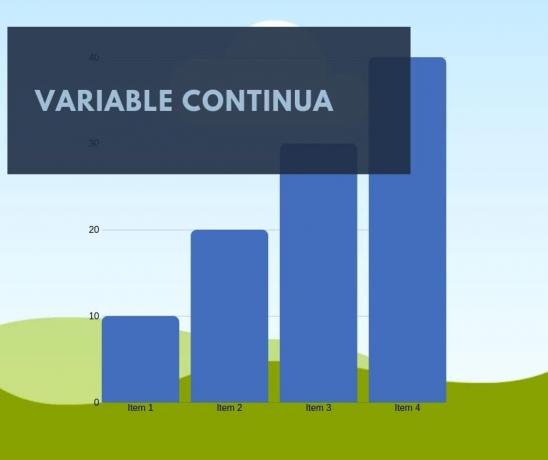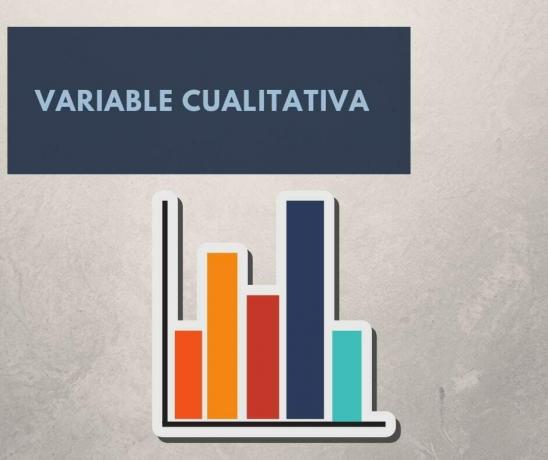The confidence interval refers to the range of values that is derived from the sample statistics, which probably includes the value of a population parameter that is unknown.
Due to its chance nature, it is unlikely that two samples from a given population can produce equal intervals. Despite this, if your sample were to be repeated multiple times, the percentage of the resulting intervals would have to include an unknown population parameter.
Advertisements
In this article you will find:
What is the confidence interval?
Since it is an estimation technique that is used in statistical inference that allows the dimensioning of a pair or several pairs of values, it will be found with a certain probability, the point estimate that is being searching.
An interval allows the calculation of two values around an upper and lower mean sample. These values delimit a range where the probability where the population parameter will be located is determined.
Advertisements
Confidence interval = mean + - margin of error
Having knowledge of the true population can generally be somewhat complicated. If we were to think of a population that initially had 5 million people, we could find out the average consumption expenditure for each household in that population.
Advertisements
You would only have to do one survey in all households and calculate the mean. Despite this, monitoring this process could generate a lot of work that could further complicate the study.
Faced with this type of situation, it is much more effective to make a selection of a statistic sample, as for example every 500 people and on the sample make the calculation of the sample. However, the ignorance of the true population value would remain, but one could have a close assumption of the value of the sample.
Advertisements
To this measure the margin of error is added and in this way the confidence interval. On the other hand, this margin of error is subtracted from the mean in order to obtain another value, one of which will be the population mean.
Finally, it can be said that this interval does not serve to provide an exact estimate of the population parameter, but it does serve so that If you have an approximation to its result, therefore, it allows you to delimit the two values where the population mean will be found.
Advertisements
Confidence interval elements
When considering obtaining an interval, certain previous decisions must be taken into account, such as the following:
- The most important is to choose the population parameter from where you want to get the estimate. Mostly this choice is related to the type of distribution that is assumed for the variable to be studied.
- Normally the population parameter is related to certain parameters of the distribution. Despite this, in some cases there may be an interest in obtaining a type of parameter.
- The confidence level is another choice that can be worked with, since the precision of the estimate obtained in relation to the width of the interval will depend on it. The older the confidence level that is required, the greater the radius of the interval, which means that the precision in the estimation will be less.
Factors on which a confidence interval depends
Calculate an intervaltrustworthy it will depend on the factors that will be shown below:
Selected sample size
Depending on the amount of data used to calculate the sample value, there will be some closeness to the true population parameter.
Confidence level
Reports on the percentage of cases that the estimate is correct. Generally the levels are between 95% and 99%.
Estimation margin of error
This is called alpha and informs of the possible existence of the population value that is outside the interval.
Sample estimation
It will depend on the statistic that calculates the interval.
Parametric estimation of a confidence interval
From the normalization of a certain statistical study that is carried out through the distribution of samples, it is possible to know the parameter of a population through its values statistics. Mostly, it does not indicate a single value for the unknown parameter, but rather a range of values known as the confidence interval.
When the distribution that follows a statistical population, is known and you want to know the value of one of the parameters, you can make the selection of some sample that represents the population and certain formulas of their own value can be applied statistical. This operation is known by the name of parametric estimation.
By carrying out this type of estimation, the following results can be obtained:
- Point estimate: It is obtained with a single value for the unknown parameter.
- Confidence interval: It offers the parameter a range of values that are between two limits.
Hypothesis testing of a confidence interval
A fairly common operation within the handling of the sample distribution is based on test a hypothesis starting from the results of a sample obtained from the statistical population. This procedure depends on the following steps:
- When the proposition of a hypothesis that is believed to be true is made, it is known as the null hypothesis and the inverse of this is known as the alternative hypothesis.
- By defining the probability laws of the population and the sample, it can be considered as a normal distribution.
- The zone of acceptance of the null hypothesis can be determined through the confidence intervals.
- In the event that a possible fixation is made in the rejection zones, where the null hypothesis is not accepted, it is commonly known as a critical region.
We hope we have clarified all your doubts regarding the confidence interval. If you liked the post, leave us your comment and share this information with your friends. Until next time!

